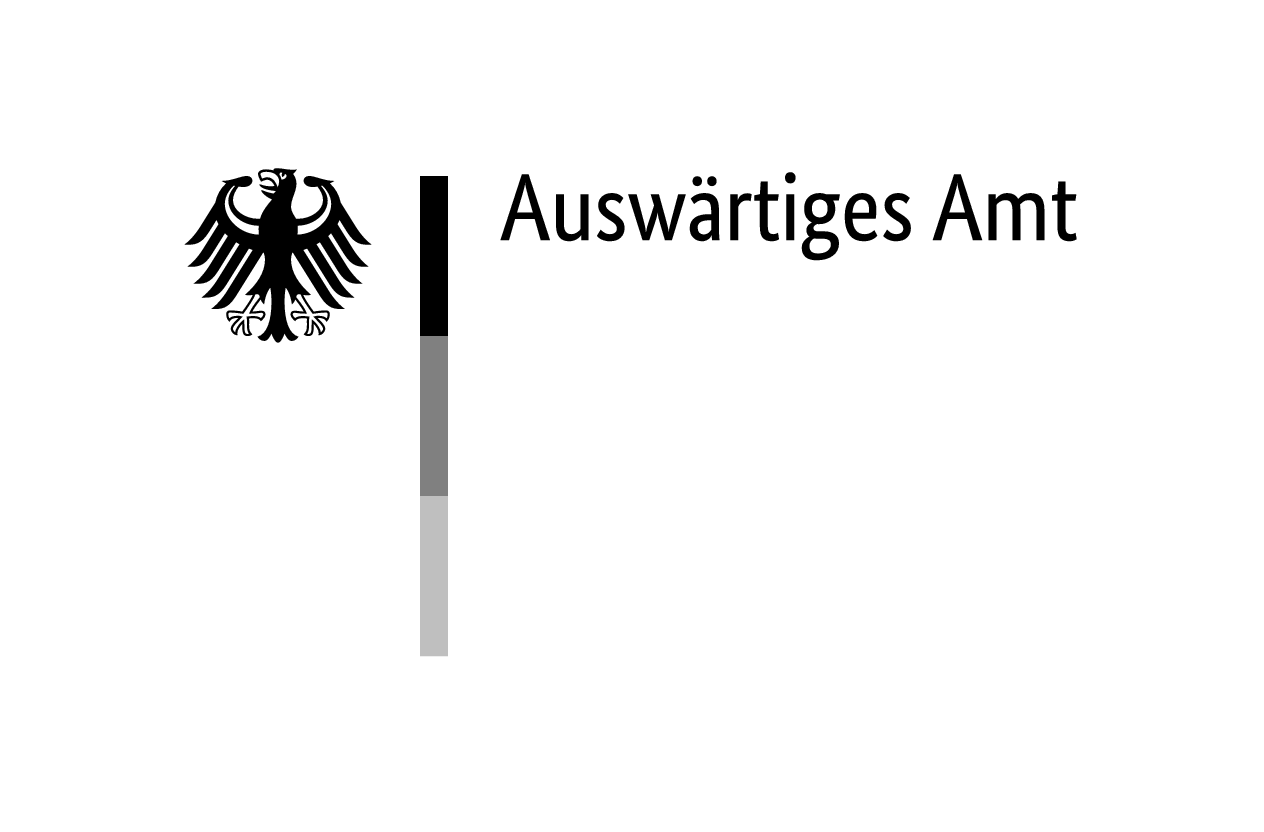In Magdeburg, a city on the Elbe in what is now the state of Saxony-Anhalt, Germany, there was a detention camp for Sinti and Roma from 1935 to 1943.
In the 1920s, Sinti and Roma in Magdeburg and the surrounding area lived both in rented flats and on caravan sites, for example on Elbweg in the district of Fermersleben in the south of the city. In May 1935, this caravan site was relocated to a field near the Sülze stream between Holzweg and Ebendorfer Chaussee on the northern outskirts of the city. The relocation was based on a decision by the city council on 4 March 1935, which also provided for the camp to be set apart and fenced. The reason given for relocating the site was its proximity to a residential area – hence the move to the outskirts of the city.
Sinti and Roma who had previously lived in rented flats in Magdeburg were also gradually pushed out of them and into the detention camp. The camp in Magdeburg was thus one of the earliest detention camps in the German Reich, intended to create a racial divide between Sinti and Roma and the rest of the population. The camp was at least an hour’s walk from the Neustadt railway terminus.
In addition to the large municipal detention camp on Holzweg, there was also a site for showpeople in Rogätzer Straße in the Alte Neustadt, in the industrial zone near the harbour area. Among others, over 15 members of a Romani family lived there; they owned three caravans, two tractor-drawn wagons and equipment and building materials for two shooting galleries and a dice booth. There was also a Roma family of seven, who made their living as bear handlers.
Five other families—with a total of 31 people and at least ten school-age children—moved to the rural outskirts of Magdeburg in mid-May 1939 after the labour office assigned ten men to construction work on the lift bridge in Hohenwarthe and the canal bridge. By mid-September, the families had left their jobs for other employment and returned to Magdeburg.
Guarding the Camp
Contrary to the original order and therefore unlike other detention camps for Sinti and Roma, the Magdeburg camp was probably not fenced with barbed wire, and there is no evidence of a constant SS (Schutzstaffel) or police presence on site. Nevertheless, control was constantly exercised over the camp. The camp was under the responsibility of the 8th Police Precinct and precinct police officers were involved in repeated checks (known as patrols or large-scale patrols) together with detectives. These were carried out at irregular intervals to enforce the Immobilisation decree and to initiate repressive measures such as committal to concentration camps in the event of infractions. The municipal Feldpolizei, responsible for policing roads, waterways and economic activity, also carried out regular checks.
Two Romani trusties, known as ‘Platzmeister’, were tasked with ensuring that the Sinti and Roma complied with the camp rules. When Sinti living in the camp were summoned for questioning by the ‘officer in charge of Gypsy affairs’, Detective Sergeant Paul Becherer (1896–1946), police officers drove them to the police station by car; they had to return on foot or by train.
Miserable Living Conditions
In 1939, the municipal authorities estimated that 36 to 40 families comprising 160 people, including 125 children, were living in the detention camp.1Miehe, “‘Unerwünschte Volksgenossen,’” 326. Among them were some of the Sinti and Roma who had been expelled from Dessau by order of the Gestapo in January 1938.
The camp comprised 26 caravans, two motor vehicles and eight wooden shacks, most of which been built by the Sinti and Roma living there on their own initiative and had neither floors nor insulation. The sanitary conditions were miserable, as toilets and washing facilities were inadequate and the site was swampy as a result of the weather and flooding from the nearby stream.
The municipal buildings inspectorate had the wooden huts demolished before World War II. The Magdeburg police headquarters, which was subordinate to the Ministry of the Interior, criticised this action, fearing an increase in the number of homeless people, additional costs for welfare and a softening of the spatial separation from the rest of the population. The buildings inspectorate initially blocked measures for structural improvement on the grounds that there were plans to deport all Sinti and Roma living in Magdeburg.
However, Magdeburg was not included in the May deportation of 1940. Accordingly, construction measures were implemented in the course of 1940 and three families were transferred to better barracks in Windmühlenstraße. Subsequently two wooden barracks of the homeless asylum of the municipal welfare and relief office were moved there and furnished with cement flooring and stoves for heating.
There is also evidence that a few other people from the municipal detention camp were housed in their caravans on the showpeople’s car park in 1941, temporarily at least, after initially also being held in the municipal detention camp on Holzweg. Another couple managed to move into a rented flat with official authorisation.
Deportations
By this time, many of the young men classified as fit for labour had already been removed to the Buchenwald and Sachsenhausen concentration camps. As part of ‘Aktion Arbeitsscheu Reich’ (‘Operation Workshy’), at least 33 Sinti and Roma from the city of Magdeburg and surrounding towns were transferred in three transports on 14, 17 and 20 June 1938. Family members who remained in the detention camp, especially the women, applied repeatedly for the release of their husbands and sons from the concentration camps.
The Racial Hygiene Research Unit (RHF) had visited Magdeburg at least once between 2 and 4 February 1940 and examined Sinti and Roma in the camp on Holzweg and the Roma family in Rogätzer Straße. Survivors also recalled that Robert Ritter (1901–1951) and Eva Justin (1909–1966) came to Magdeburg shortly before the Auschwitz deportation to check lists on site.
On 2 March 1943, most of the Sinti and Roma from Magdeburg were deported to the Auschwitz-Birkenau concentration and extermination camp. The Magdeburg camp was dissolved immediately afterwards; the caravans and their contents were auctioned off by a bailiff and the barracks were handed over to the city administration for alternative use. The few Sinti and Roma who were not deported included families living in ‘mixed marriages’ or people with foreign citizenship who did not live in the municipal detention camp on Holzweg.
The General Ledger of the ‘Gypsy Camp’ in Auschwitz-Birkenau lists a total of 470 arrivals from the Magdeburg area—219 men and 251 women, including children and adolescents.
After 1945
After the end of the war, only a few survivors returned to Magdeburg. The city was now in the Soviet Occupied Zone (SBZ) and in divided Germany it belonged to the German Democratic Republic (GDR), where only a few Sinti and Roma remained after 1945.
In the GDR, the journalist and human rights and environmental activist Reimar Gilsenbach (1925–2001) was particularly active in campaigning for the survivors to be recognised and for a memorial to be erected in Magdeburg. A memorial to those deported from Magdeburg to Auschwitz was unveiled in front of Magdeburg Cathedral on 29 October 1998, ten years after he began his campaign. Since 1 March 2009, there has also been a memorial stele bearing the names of the deportees on the site of the former detention camp, erected on the initiative of tour guide Gisela Opitz (born 1937). Both memorials were designed by the artist Wolfgang Roßdeutscher (born 1945).
The Magdeburg detention camp has achieved a certain degree of notoriety thanks to the story of Erna Lauenburger (1920–1944), which was adapted into a children’s book. She was one of the Sinti who had travelled via Dessau to the Magdeburg camp and was deported from there to Auschwitz. The Jewish writer Grete Weisskopf (1905–1966) had immortalised Erna Lauenburger, whose Romanes name was Unku, as one of the protagonists in her 1931 novel ‘Ede und Unku’, written under the pseudonym Alex Wedding. The children’s book was widely read in the GDR. In 2018, musician Janko Lauenberger (born 1976) published his approach to the biography of Erna, his great-great cousin, who did not survive Auschwitz.




